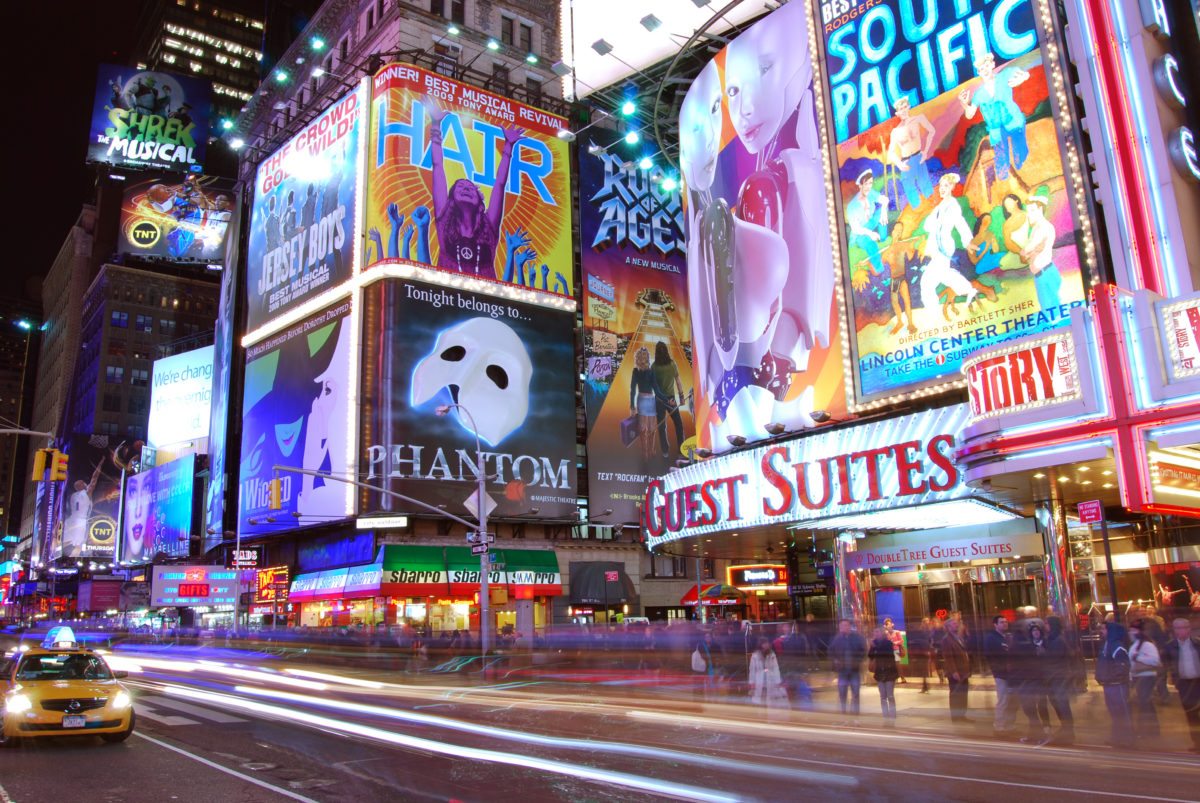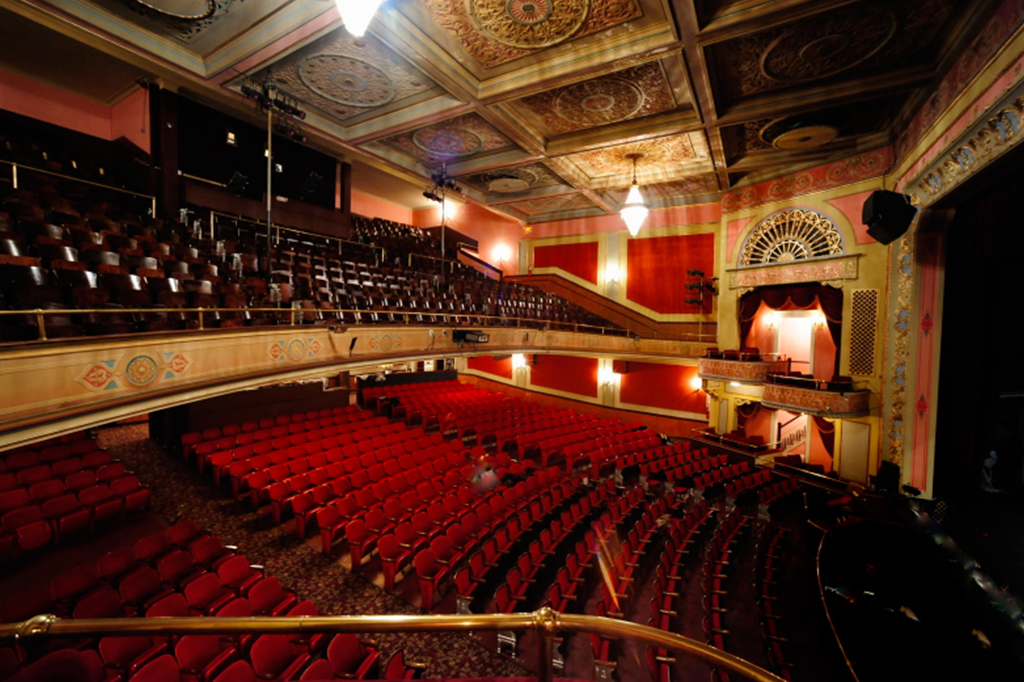
The New Hollywood-Broadway Connection
When Nicole Scherzinger stepped onto the Broadway stage in “Sunset Boulevard” last season, the standing ovation lasted a full six minutes. Across town, George Clooney’s Broadway debut in “Good Night, and Good Luck” attracted A-listers like Jennifer Lopez and Hugh Jackman on opening night, while tickets averaged a staggering $337. Meanwhile, Denzel Washington and Jake Gyllenhaal’s “Othello” commanded nearly $400 per seat.
This isn’t your grandparents’ Broadway anymore. The Great White Way is experiencing a remarkable transformation, with Hollywood talent reshaping everything from box office economics to artistic direction and audience demographics.
As theater producers and investors at Cody Lassen & Associates, we’ve had a front-row seat to this evolution. The numbers don’t lie: the 2024-2025 Broadway season shattered records with $1.89 billion in gross revenue, outpacing even pre-pandemic benchmarks. But what’s really driving this renaissance, and what does it mean for the future of American theater?
From Silver Screen to Stage: A Growing Trend
The migration of film and television stars to Broadway isn’t entirely new—actors have been crossing between mediums for decades. However, the scale and impact of today’s Hollywood invasion is unprecedented.
Industry shifts have created perfect conditions for this talent exchange. Post-pandemic Hollywood contractions drastically reduced film and television opportunities, with TV pilot production falling from 90 seasonal offerings pre-COVID to fewer than seven in recent years. Meanwhile, Broadway producers have aggressively recruited celebrities to revive audience engagement after the devastating 2020-2021 shutdowns.

The current Broadway landscape resembles a Hollywood awards ceremony. Beyond Scherzinger, Clooney, Washington, and Gyllenhaal, recent seasons have featured Kieran Culkin, Bob Odenkirk, and Bill Burr revitalizing “Glengarry Glen Ross”; Sadie Sink in “John Proctor Is the Villain”; and country musician Orville Peck reimagining “Cabaret’s” Emcee. Even off-Broadway mirrors this trend, with Liev Schreiber in “Creditors” and John Krasinski in “Angry Alan.”
What’s remarkable is how these performers view Broadway not as career twilight but as artistic legitimization—a space to demonstrate range beyond typecast screen roles.
The Economics of Star Power
Let’s talk numbers. Research from Ivey Business School shows that weeks featuring Hollywood celebrities in Broadway shows increase weekly revenue by about $250,000 on average. This financial boost explains why producers willingly absorb stars’ premium salaries (often $100,000-$150,000 weekly) and heightened marketing costs.
This economic model becomes particularly crucial when considering Broadway’s inherent volatility—the 2023-2024 season saw 75% of productions lose money overall. Star-driven hits have become essential for subsidizing artistically ambitious but commercially risky works.
However, this success comes with complications. While 70% of current Broadway shows maintain average ticket prices under $150, star vehicles like “Othello” reach nearly $400 per ticket—creating a significant accessibility gap. The resulting dual market sees tourists and occasional theatergoers splurging on premium celebrity experiences, while dedicated theatergoers sustain lower-profile works. Worth noting is that the higher grosses celebrity-led shows enjoy usually come with higher costs to match.
Beyond Box Office: Changing Audience Demographics
Perhaps more important than the immediate financial impact is how Hollywood talent is transforming who comes to Broadway. The 2022-2023 season achieved record diversity with 29% BIPOC attendance (up from 22% in 2018), partly driven by productions featuring stars like Denzel Washington.
International visitors now constitute 21% of Broadway audiences—the second-highest percentage in three decades—contributing $262 million annually to the industry. These global theatergoers are often drawn specifically by recognizable Hollywood names.

Even more striking is the age shift. The 2023-2024 season saw 44% of audiences aged 18-34—the youngest demographic penetration in two decades—attracted largely by social-media-savvy stars. When Sadie Sink announced her Broadway role on Instagram, tickets sold out within hours.
“We’re seeing entirely new audience segments enter theaters for the first time,” notes Broadway producer Ken Davenport. “These aren’t traditional theatergoers—they’re following their favorite screen actors to a new medium, and many are discovering a love for live performance in the process.”
Artistic Merit: When Stars Align
The critical establishment remains divided on Hollywood’s theatrical incursion. While some critics praise stars for bringing “authentic joy” to live performance, others echo the sentiment from “Birdman”: “You’re no actor; you’re a celebrity.”
The reality lies somewhere in between. When stars align with material suited to their strengths, magical things happen. Nicole Scherzinger’s Tony-winning portrayal of Norma Desmond reinterpreted the character through contemporary pop sensibilities, blending Andrew Lloyd Webber’s score with innovative physicality that earned those legendary mid-show standing ovations, Audra McDonald certainly gave us a riveting Rose, and Sarah Snook’s “The Picture of Dorian Gray” transformed Wilde’s novel into a multimedia spectacle incorporating projection design.
These productions succeed when directors consciously frame shows around stars’ strengths rather than forcing square pegs into round holes. As Jamie Lloyd demonstrated with his minimalist revivals, the right conceptual approach can highlight Hollywood actors’ unique qualities rather than exposing theatrical inexperience.
The Shadow Side: Labor Market Consequences
While audiences and producers benefit from Hollywood’s Broadway invasion, the star economy intensifies wage polarization within acting labor markets. The disparity between A-listers commanding $150,000 weekly and Equity actors’ minimum of $2,439 creates a concerning 60:1 income gap, and $150k a week salaries are unsustainable for all but the most successful shows.

This financial reality compounds occupational challenges: non-celebrity actors report diminished opportunities for leading roles. The phenomenon particularly impacts mid-career theater artists, as some seek “name recognition over craft.”
As one Broadway veteran told us anonymously: “I’ve been in the industry for twenty years, but suddenly I’m competing for roles against film actors who’ve never done eight shows a week.”
Finding Balance: The Path Forward
At Cody Lassen & Associates, we believe the path forward demands nuanced calibration. The Hollywood-Broadway relationship isn’t inherently problematic—in fact, it can be symbiotic when managed thoughtfully.
Forward-thinking producers are implementing revenue-sharing models where star premiums subsidize artistically ambitious but commercially risky productions. Some shows offer affordable preview tickets ($40 for “Stereophonic”) or digital lotteries to maintain accessibility despite celebrity-driven price inflation.
Producers and Directors have to balance marquee value with craft, avoiding the “idiosyncratic error” of prioritizing fame over suitability. The most successful productions match stars with material that complements their specific talents and public personas.
The Curtain Call: Broadway’s Future
The Hollywood-Broadway connection isn’t a passing trend—it’s been around for 100 years and will continue to be. As borders between entertainment forms continue to blur, we can expect this cross-pollination to intensify.
The most exciting possibilities emerge when Hollywood stars don’t just sell tickets but renew theater’s primal power to astonish. When Nicole Scherzinger received that six-minute standing ovation, it wasn’t just celebrity worship—it was recognition of a performer who had transcended medium expectations to deliver something truly extraordinary.
As we look toward future seasons, the productions that will thrive won’t merely showcase famous faces—they’ll leverage Hollywood’s gravitational pull while honoring theater’s unique capacity for intimate connection and live artistic risk.
For producers, investors, and audiences alike, Broadway’s new age offers unprecedented opportunities alongside significant challenges. Those who navigate this transformation thoughtfully stand to participate in what may be the most exciting theatrical renaissance of our lifetime.
To learn more about our approach to theater production and investment in this new landscape, visit our current productions page or contact us directly.